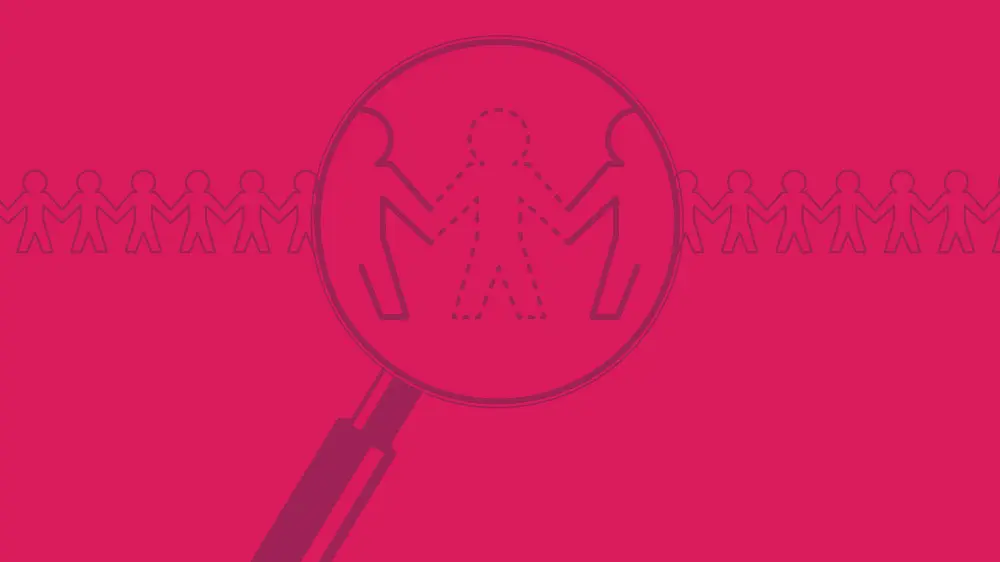
Global Supply Chains Bring a Heightened Risk of Exposure to Forced Labor
With supply chains now able to span an increasingly interconnected globe, this brings a heightened risk of exposure to poor working conditions and compliance gaps, making it more likely that unethical practices can go undetected.
Expectations and pressures on companies to tackle forced labor are increasing, driven by a greater understanding of the scale and scope of the issue and policy debates. However, despite the heightened focus, confusion remains as to what forced labor is, how to spot it, and what actions and remedial steps should be taken once it has been identified.
There are compelling moral, legal and commercial reasons for businesses to address forced labor:
Legal compliance – Alongside the Modern Slavery Act, there are also the Human Trafficking and Exploitation Act (Northern Ireland) and the Human Trafficking and Exploitation Bill (Scotland).
Compliance with international conventions and laws – Nearly all countries have ratified key International Labour Organization (ILO) provisions, most notably the Forced Labour Convention (C29) and the Abolition of Forced Labour Convention (C105).
United Nations Global Goals – The UN’s goals for Sustainable Development include a target to “eradicate forced labour and human trafficking and end child labour in all its forms by 2025.”
Standards and accreditation – In addition to national laws that address modern slavery, public and private sector organizations can also include voluntary standards or accreditation which cover labor practices and human rights in tenders for new contracts.
Protecting brand and meeting stakeholder requirements – Ethical operations are increasingly a key factor in purchase decisions. Consumer businesses face new and growing expectations that their products and services will comply with social and human rights criteria.
Negative publicity – Media coverage about forced labor in a business or its supply chain can seriously damage brand reputation, which may rapidly lead to a loss of investor, customer or wider public confidence.
Accessing new markets or finance – Failure to properly manage forced labor risks can make it harder for companies to access markets or secure investment. In some cases, addressing forced labor risks may become a condition to tender for government contracts or other commercial projects.
Import and export of goods – In some countries, trade regulations prohibit the import and export of goods produced by forced or trafficked labor. In these jurisdictions, allegations can result in confiscation of goods by public authorities or disruption to trade and production schedules.
Supply chains are invariably multi-layered across many tiers, dealing with multiple suppliers, contracts and processes, all of which creates ‘blind spots’ – often a result of subcontracting through the value chain to a point of limited visibility, control and processes. While legislation and initiatives can improve business responses to these risks, much remains to be done to overcome the key challenges.
To achieve this, organizations must start by asking the right questions around human rights and working conditions and review which parts of their supply chain are most at risk and put appropriate protective measures in place, which should include:
- Developing policies, procedures and communication channels.
- Producing a forced labor statement.
- Closely managing high-risk suppliers.
- Training employees.
- Checking third party recruitment agencies.
- Accreditation.
Responsible practices will significantly contribute to preventing forced labor within businesses and supply chains.
Although forced labor is clearly not a challenge that can be eradicated overnight, a steady shift in cultural practices and an increased awareness of its issues offers hope for a brighter future. As such, businesses need to take action to protect victims and make sure they actively audit, investigate and reduce exploitation, which will go a long way to pushing forced labor out of legitimate supply chains.
Next steps
Our latest whitepaper explores these areas in more detail, how to avoid being complicit and provides steps to tackle forced labor and compliance checklist.
Download: ‘Preventing Forced Labor in the Supply Chain’.
Our whitepaper addresses:
- Tackling modern slavery.
- Why organizations should address modern slavery.
- Tackling forced labor.
- Why organizations should address forced labor.
- Managing supply chains.
- Forced labor in ESG.
- Using technology to create responsible and ethical operations.





